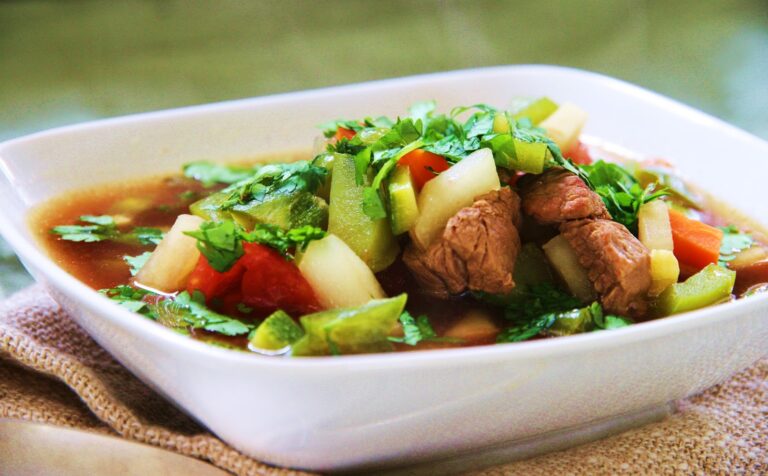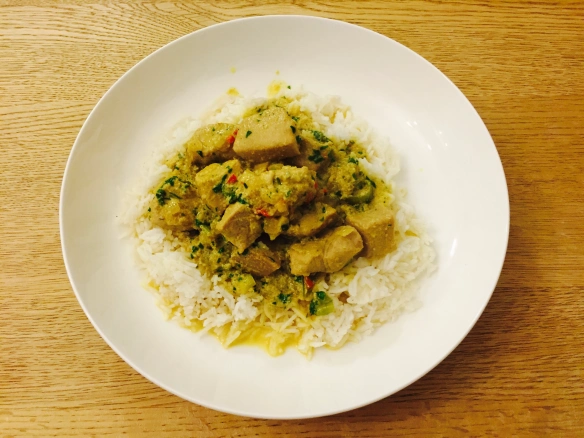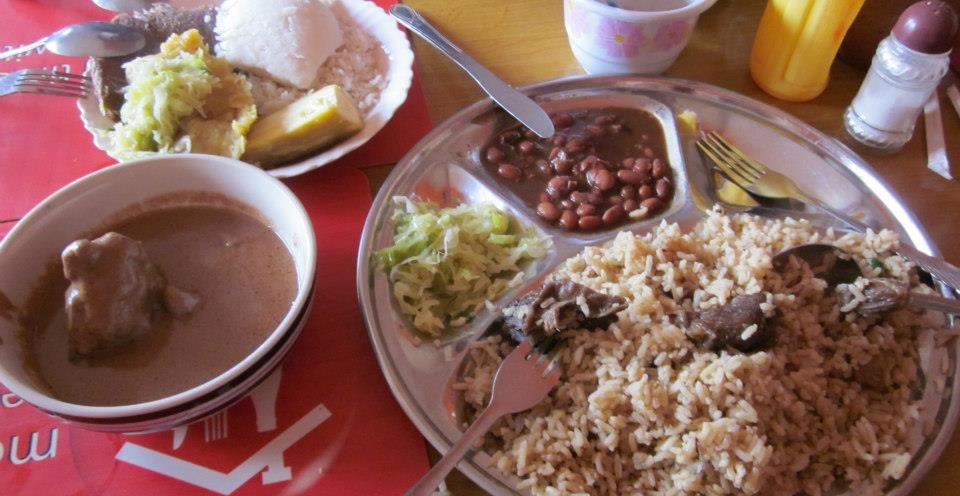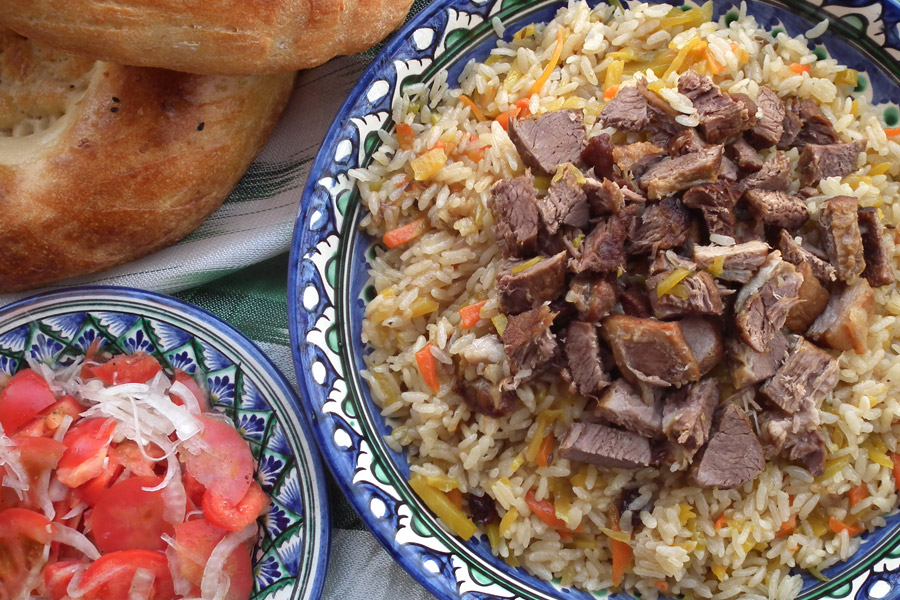Introduction
Turkmenistan is known for its rich culture and flavorful cuisine. Condiments and sauces are an integral part of Turkmen cuisine, enhancing the taste and aroma of the dishes. The country’s cuisine is influenced by traditional Central Asian flavors, with a blend of herbs, spices, and sauces. In this article, we will explore some of the common Turkmen condiments and sauces used in dishes.
Chorba
Chorba is a popular soup in Turkmenistan, made with meat, vegetables, and a blend of spices. The soup is usually served hot and is known for its rich and savory flavor. One of the main ingredients of Chorba is the sour cream sauce, which is used to add a creamy texture to the soup. Additionally, a mix of chili and garlic paste is used to give the soup a spicy kick.
Shorpa
Shorpa is another popular soup that is widely consumed in Turkmenistan. Similar to Chorba, Shorpa is also made with meat, vegetables, and spices. However, the difference lies in the use of yogurt sauce, which is added to the soup to give it a tangy flavor. In addition, a blend of dried herbs such as coriander, mint, and dill is added to the soup to enhance the taste and aroma.
Plov
Plov is a traditional rice dish that is popular in Turkmenistan. The dish is made with rice, meat, and a variety of vegetables. One of the main condiments used in Plov is the sweet and sour tomato sauce. The sauce is made by sautéing tomatoes, onions, garlic, and a blend of spices together. Once the sauce is thickened, it is added to the rice and mixed thoroughly, giving the dish a delicious flavor.
Ghovurma
Ghovurma is a meat dish that is widely consumed in Turkmenistan. The dish is made with tender pieces of lamb or beef that are marinated in a blend of spices and then pan-fried until crispy. One of the main sauces used in Ghovurma is the chili and garlic paste, which is used to add a spicy kick to the dish. Additionally, a mixture of chopped herbs such as parsley and coriander is added to the dish to enhance the flavor.
Yarpag dolmasi
Yarpag dolmasi is a popular stuffed grape leaves dish in Turkmenistan. The dish is made by stuffing grape leaves with a mixture of minced meat, rice, and spices. One of the main sauces used in Yarpag dolmasi is the sour cream and garlic sauce. The sauce is used to add a creamy texture to the dish and enhance the flavor. Additionally, a mixture of chopped herbs such as mint and dill is added to the dish to give it a fresh taste.
In conclusion, Turkmenistan’s cuisine offers a wide variety of condiments and sauces that enhance the flavor and aroma of dishes. From the tangy yogurt sauce in Shorpa to the sweet and sour tomato sauce in Plov, each dish is unique and delicious. If you’re looking to try something new, give these Turkmen condiments and sauces a try, and experience the rich flavors of Central Asian cuisine.










